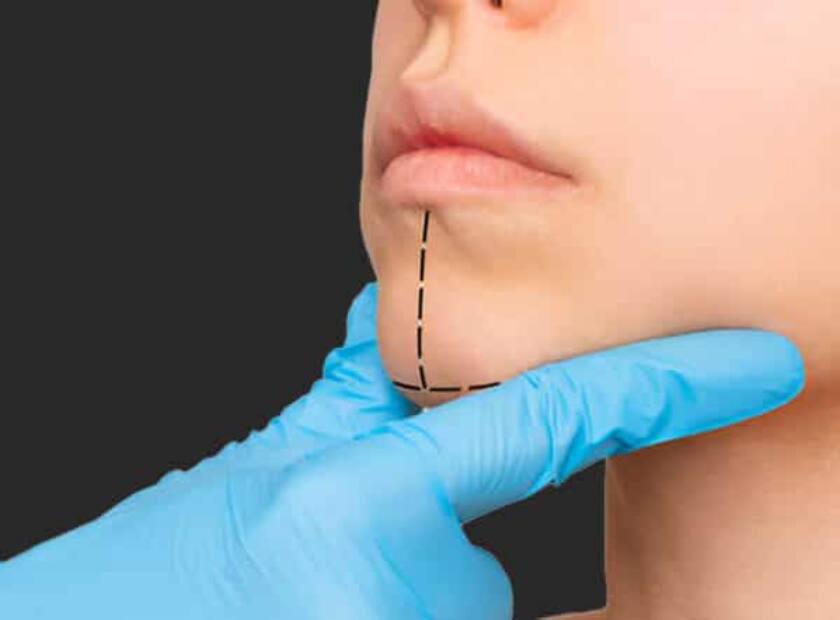
Never Put Ice on a Burn
Ice (and frozen water) can actually make a burn worse, not better!
The moment you feel the splash of boiling water on your skin, feel the hot edge of the stove, or burn your ears with a hair straightener while straightening your hair. When you feel the heat of a burn, your first instinct may be to cool it down, and the sooner the better!
But should you put ice on a fresh burn?
The answer is negative. Resist the urge to run to the freezer for an ice cube! Ice on a burn may seem like a good idea, but it can damage your skin. Even cold water can damage tissues and increase the risk of infection, says emergency room physician Dr. Alan Kappin.
There is a better way to control a burn that doesn’t cause more damage to your skin. Dr. Kappin explains the different types of burns and provides strategies for cooling the burn, helping the wound heal, and minimizing scarring.
Why should you not put ice on a burn? And what should you do instead?
Ice or very cold water on a burn reduces blood flow to the burn area, which can reverse the healing process. According to Dr. Kappin, applying ice can lead to numbness and frostbite, which is very dangerous.
Ice burns are a bigger risk than you think. He adds: Since the skin is already burned and damaged by the heat, you may not feel that the ice also makes your skin very cold and numb, which can lead to permanent problems with blood flow and the decrease the improvement process.
So, what to do for a burn instead of ice or ice water? It depends on the severity of your burn.
How to treat minor burns (first degree burns)
A minor burn, also called a first-degree burn, is hot, red, and painful, but does not blister. You can get a first degree burn by touching a hot object or splashing hot liquid on your skin. Sunburn without blisters is also included in this category.
So, should you put ice on a minor burn? Dr. Kappin says no.
Here’s how to ease the pain of a first-degree burn
1. Use cool (not cold) water: Apply cool water to the burn for five to 20 minutes by running tap water over the burn, immersing the burned area in water, or using a clean, damp towel.
2. Moisturize: After the skin cools down, gently apply a moisturizer such as aloe vera.
3. Protection: Use a clean, dry cloth or non-stick bandage to protect the burn from pressure or rubbing against anything.
4. Treat pain: If the burn is still painful, use ibuprofen (Advil®) or acetaminophen (Tylenol®).
5. Clean and prevent infection: While the burn is healing, clean it with mild soap as needed and use antibiotic cream to prevent infection.
For first degree burns if
• It is more than three inches wide.
• Covers a joint.
• On your face, neck, hands or feet.
• Causes pain that won’t go away.
• It has not been well for one to two weeks.
Even first-degree burns can become infected, so if your burn gets worse, go to urgent care or the emergency room. Symptoms to watch out for are:
- Fever
- Pus
- Increased pain
- Extent of pain area.
But what’s usually not a cause for concern: Dr. Kappin says the burned skin may darken slightly as it heals—and that’s just part of the healing process. With a minor burn, there is usually nothing to worry about.
How to treat burns with blisters (second degree burns)
A burn that blisters is a second degree burn and is more serious than a minor (first degree) burn.
What to do (and not do) when you have a second-degree burn:
1. Use cool, clean running water: Do not use water that may be contaminated, such as a lake, river, or stream, as bacteria in the water may cause infection. If you do not have access to tap water, use bottled water. There is nothing wrong with using a clean and wet towel.
2. Do not remove the clothing from the burn: If something is stuck to the burn, do not remove it. Let the health care providers at your urgent care or emergency room do it for you.
3. Do not use any ointments or sprays: Butters, oils, salves and first aid sprays will reduce heat emission from your skin and make the wound worse.
4. Never pop a blister: “The skin under the blister can become infected,” warns Dr. Kappin.
5. Seek care as soon as possible: Go to urgent care, the emergency room, or your health care provider so your burn can be cleaned properly, which will help prevent infection. You may also be given a prescription for a burn cream (Silvadene®) to help heal the burn and prevent infection.
Second degree burns are at risk of tetanus. If it’s been a while since your last tetanus shot, your healthcare provider may want to give you a shot.
How to treat a very serious burn (third degree)
If your skin is blackened or the burn extends to the bone, you have a third-degree burn. Dr. Kappin says this is a medical emergency and you should go straight to the emergency room.
Burn care
A first- or second-degree burn may not seem like a big deal, but these burns are prone to infection, and second-degree burns usually scar.
Dr. Kappin advises: Even if the burn is minor, it is better to go to urgent care. “Proper treatment will prevent damage to your skin and minimize scarring.”
Get your free consultation with Irsa team right here
WhatsApp: 00989170626693
Email: irsaarabic@gmail.com
www.youtube.com/@irsaclinic
www.facebook.com/irsaclinic
Also read:
Eyebrow transplantation in Iran Shiraz
Breast Reduction Surgery (Mammoplasty)






